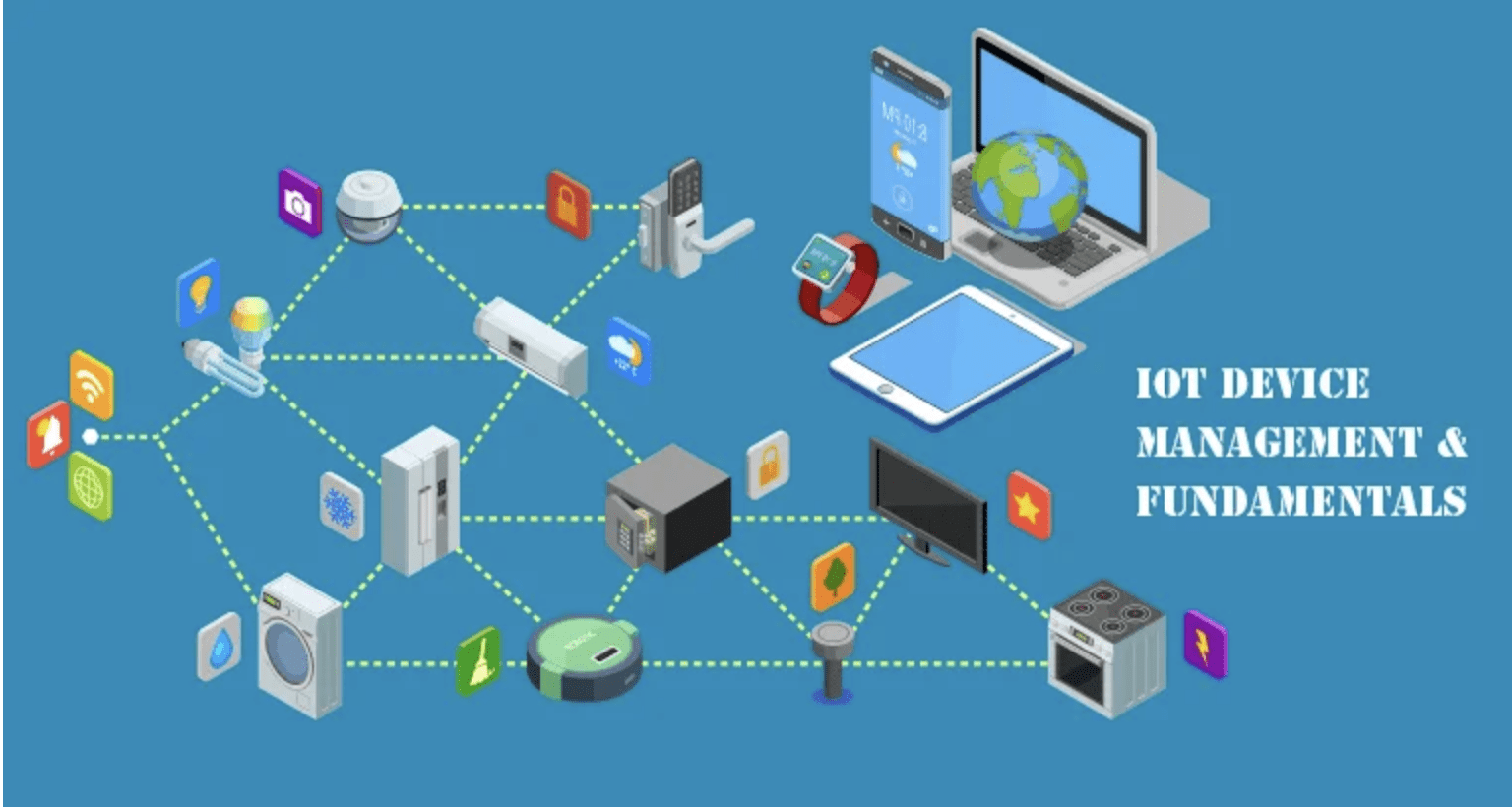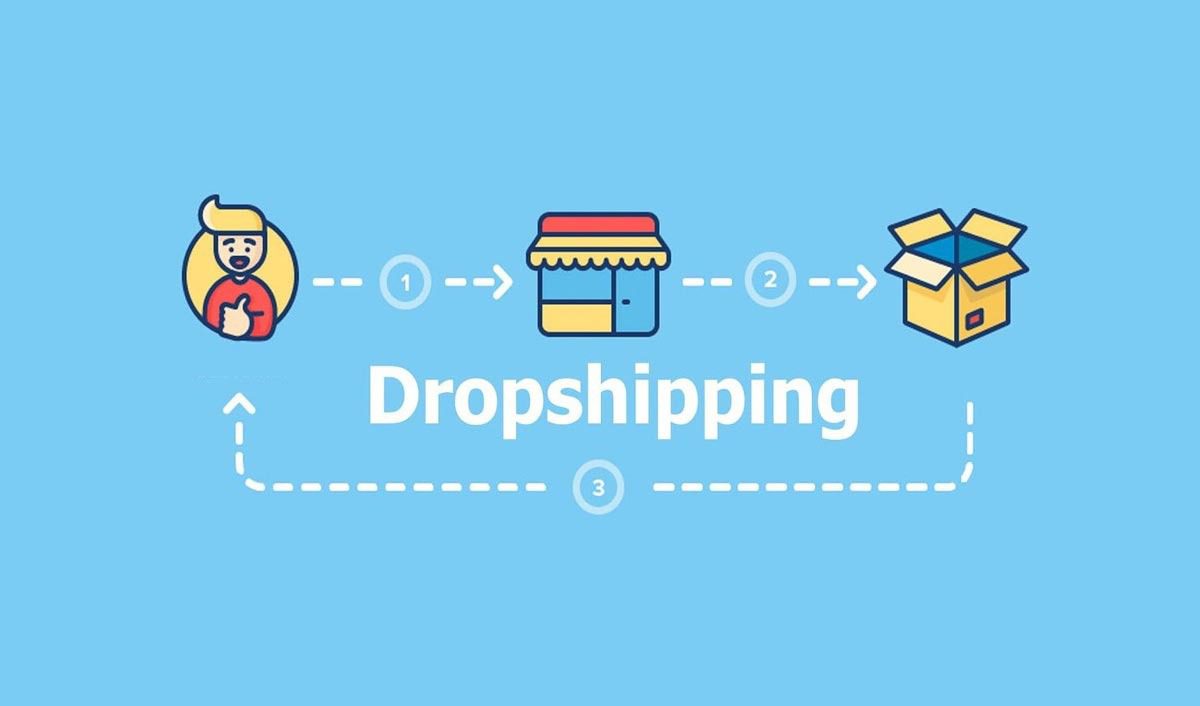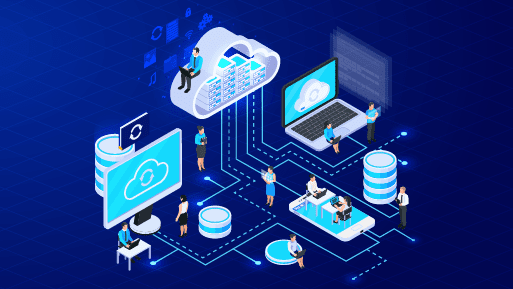
IoT- The Internet of Things is one of the most discussed topics of today. But two to three decades before there was no sign of such a topic. But today, all the sectors are just getting gaga over it. Presently it has75.44 billion IoT devices installed all around the globe. And yes we can call such progress an example of magic.
You know that IoT is all about connected devices across the internet and constantly collecting large as well as important data to satisfy modern requirements without having any direct human intervention. IoT individually satisfying enterprise and amateur needs. And day by day it is expanding. Due to the ever-increasing growth and improvements, now IoT device management has become a true need of business organizations.
From an enterprise side, all the connected devices need to be properly managed in order to maintain the ecosystem in the state of reliability, security, and scalability. How? In order to know that, first we have to understand what IoT Device Management is.
IoT Device Management
When it comes to IoT Device Management, we can say that it is an important process that effectively includes provisioning, authentication, maintaining, configuration, monitoring, and diagnosing all the connected devices. The sole aim of this important process is to support the entire spectrum of the devices’ functional capabilities.
In a simpler tone, we can say that it is an effective as well as a reliable way to keep all the smart devices properly connected, secure, and updated.
Why do IoT devices matter to IoT enterprises?
We have already mentioned that there was no sign of the IoT concept two to three decades before. But now we have billions of connected devices. But the early applications were not much appreciable. The Internet of Things has gone a long way of improvement just within two to three decades. The improvement speed is quick- we must say.
But according to some experts, it is still a dream as we have not yet entered reality. Apart from this, some experts also say that global growth and technology adoption rates mainly limit the expansion of the Internet of Things. Experts are saying that it has all the potential to be the permanent savior but it is still wearing the too-tight shoes of technology.
As a solution, we can say that the strong and steady evolution of IoT Device Management can be super effective in order to eliminate the gap between high-sky expectation and the hard reality. In order to make this possible, only the involvement and efforts of IoT service providers and web development company is not sufficient. The stakeholders’ and entrepreneurs’ awareness about the fundamentals of IoT Device Management is also required. It will help them to make wise decisions while choosing software solutions for their IoT enterprises.
Fundamentals of IoT Device Management
Onboarding and authentication
You know that there are already a lot of devices up and running on the internet. But all of them need to be properly connected to the web at the first move. This enrollment process is not only important for the early stages but also secure provisioning helps to be aware of hostile attacks. Now it comes to the device authentication process. In this way, we can establish a strong and secure connection between the devices and the IoT platform.
Configuration
After the device onboarding, now it is the time to configure them. You may know that generally devices, internet-connected gears, and sensors come with manufacturer-provided generic pre-configuration. But now devices will need further configuration by the end-user along with attributes. This configuration will be completed within the IoT ecosystem.
Maintenance
In order to get the best competitive advantages, along with onboarding, authentication, and configuration, maintenance is also important. Enterprises need to be aware of a fact and that is firmware may come with some bugs in it. Apart from this, new functionalities may enter or security vulnerabilities can also appear over time. And all these can create a solid threat to smart deployment. In this kind of situation, IoT Device Management software can offer advanced solutions.
Diagnosis
It will be unfair if we skip diagnostic devices while discussing IoT Device Management. These devices are really helpful to cut down the device downtime. It is all about preventing the failures even before they appear in real-time. IoT Device Management mainly uses high profile analytics mechanisms to know such problems.
Conclusion
These are the main 4 fundamentals of IoT Device Management that all the entrepreneurs should consider. These not only help to create guidelines for growth but also detect the upcoming challenges that can affect the successful implementation of the IoT system. So, lastly, we can say that onboarding, authentication, configuration, diagnostics, and maintenance are the most important functions of IoT Device Management fundamental. And all these are very critical to ensure the success of any IoT system implementation.








